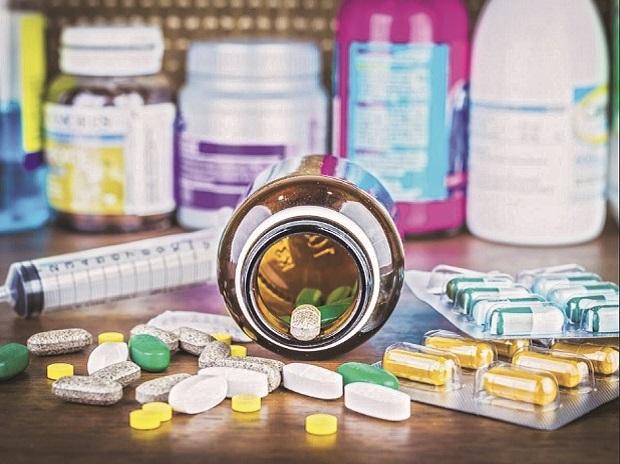For the first time in at least five years, price is the key factor driving the Rs 1.4 trillion Indian pharmaceutical market (IPM). For FY20, price accounted for over 55 per cent of the growth of the sector as compared to the last five years where it ranged from -15 per cent to 36 per cent, according to data from pharma market research firm AIOCD-AWACS. The other two components of IPM growth are volume and new product launches which accounted for 20-25 per cent each to the growth last fiscal.
Sector experts and analysts highlight multiple factors including premiumisation, growth of trade generics and product rationalisation as reasons for the higher contribution of price to the growth mix. Aditya Khemka, fund manager of DSP Healthcare Fund says, “Drug majors are using the brand extensions to premiumise their brand portfolio. This is helping to boost price growth.”
Ipca’s Zerodol brand and its multiple variants used in treating pain and inflammation are an example of how this trend is playing out. The Zerodol franchise, now pegged at over Rs 500 crore has grown over 20 per cent in FY20.
Say Abhishek Sharma and Rahul Jeewani of IIFL, “More and more Indian companies are refocussing their efforts to create large brands. It is clearly more profitable as well as sustainable for a company to build large brands.” Companies may have better pricing power with larger brands. Moreover multiple launches increase the marketing costs and in some cases lead to a cluttered portfolio.
It is not surprising then that new product launches by Indian drug majors who control 80 per cent of the pharma market are trending down. This has led to a dip in new product introductions. The contribution from new products is now at a five-year low; they now account for 24 per cent of pharma growth as compared to 45 per cent in FY17.
The rapid growth of the trade generics market which accounts for a third of IPM volumes is another trend which is impacting volume as well as overall growth of the branded segment. An analyst at a domestic brokerage says, “Buying capacity of consumers has come down given the slowdown with growing preference for generic and lower priced medications. This is eating into the volumes of the branded generic players.”
Higher sales of trade generics and Jan Aushadhi stores to a smaller extent are eating into the volumes/pricing of the branded market especially in the tier-3 and tier-4 towns.
IIFL believes that of all the risks to the India branded generic market emergence of trade generics is the most potent one which can impact growth rates of branded players.
On the overall pharma growth, Praful Bohra and Rajat Srivastava of Emkay Global in an earlier report say that growth driven by price hikes is not sustainable and that declining volume growth trend remains a sign of worry.
